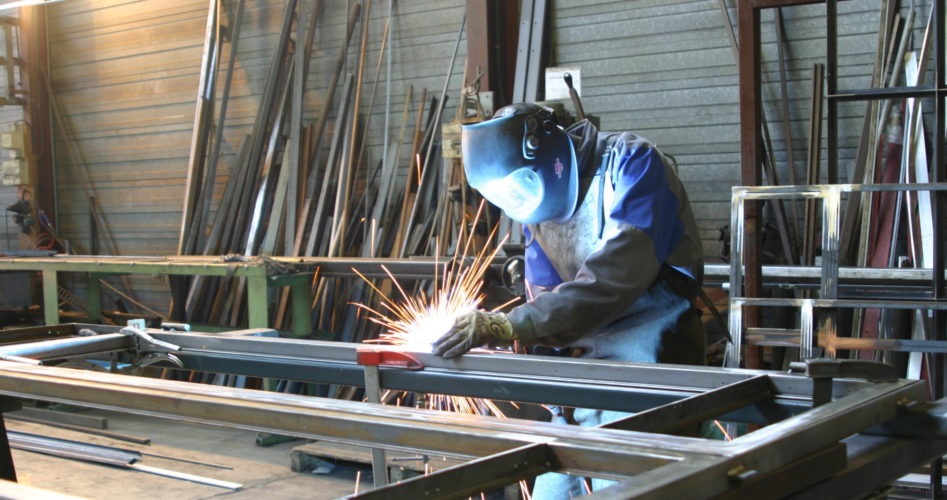5 Must-Have Metalworking Tools for Beginners
Whether you’re starting a new hobby or a new side-hustle, metalworking is an excellent way to create custom decor or art pieces for your home. Developing your skills to fabricate metal into one-of-a-kind pieces can be a unique way to create conversation pieces for friends, family, or for sale.
How do you get started? What tools do you need to cut, shape, and finalize metal into furniture or decor? Keep reading to learn about the five must-have metalworking tools for beginners.
1. Marking Tools
Many metal pieces begin as flat pieces of sheet metal. To form these blank sheets into your designs, you must cut and shape the pieces.
You’ll quickly find that marking your measurements or designs on metal with a pencil or pen is ineffective for precision work. Some designs require intricate and exact cutting. When marking metal, use a razor knife or scribe with a sharp point.
These tools put a subtle indentation in the metal to help you make a better cut.
2. Band Saw
After you’ve marked your design, you need a band saw to cut your metal pieces. These metal fab tools allow you to cut almost any design or shape—including curves—while holding your sheet metal on a flat surface.
While a band saw can be safer and more effective than using a hand saw for cutting metal, make sure you follow proper safety tips. If you aren’t comfortable cutting sheet metal, consider ordering pieces from a critical laser metal fabrication vendor.
3. Flux Core Welder
When you have the pieces for your design, welding is the best way to connect them. Using glue, screws, or other fasteners won’t hold your pieces together in a way that keeps them together.
Welding fuses different pieces of sheet metal to form the structure of your final design. A flux core welder is one of the simplest welders for beginners.
4. Press Brake
Flat pieces welded together might not be the final shape you have in mind. You’ll need to bend the sheet metal to create your inspiration.
A press brake is an essential piece of metalworking equipment for bending metal. In many cases, you’ll bend cut pieces before welding. In other cases, your design might call for bending connected pieces after you’ve welded them together.
5. Angle Grinder
Welded joints and metal edges need polishing to finish your piece. Most welded joints are rough and the cut edges are sharp and uneven.
Use an angle grinder to smooth joints for a flat finish. Polish sharp edges with the grinder for a finishing touch.
Get Started With Basic Metalworking Tools
Use these five must-have metalworking tools to begin your new hobby! As you develop your skills, you can expand your arsenal of tools to enhance your craft and final products.
If you enjoyed learning about metalworking tools, we hope you’ll check out more of our DIY articles!

